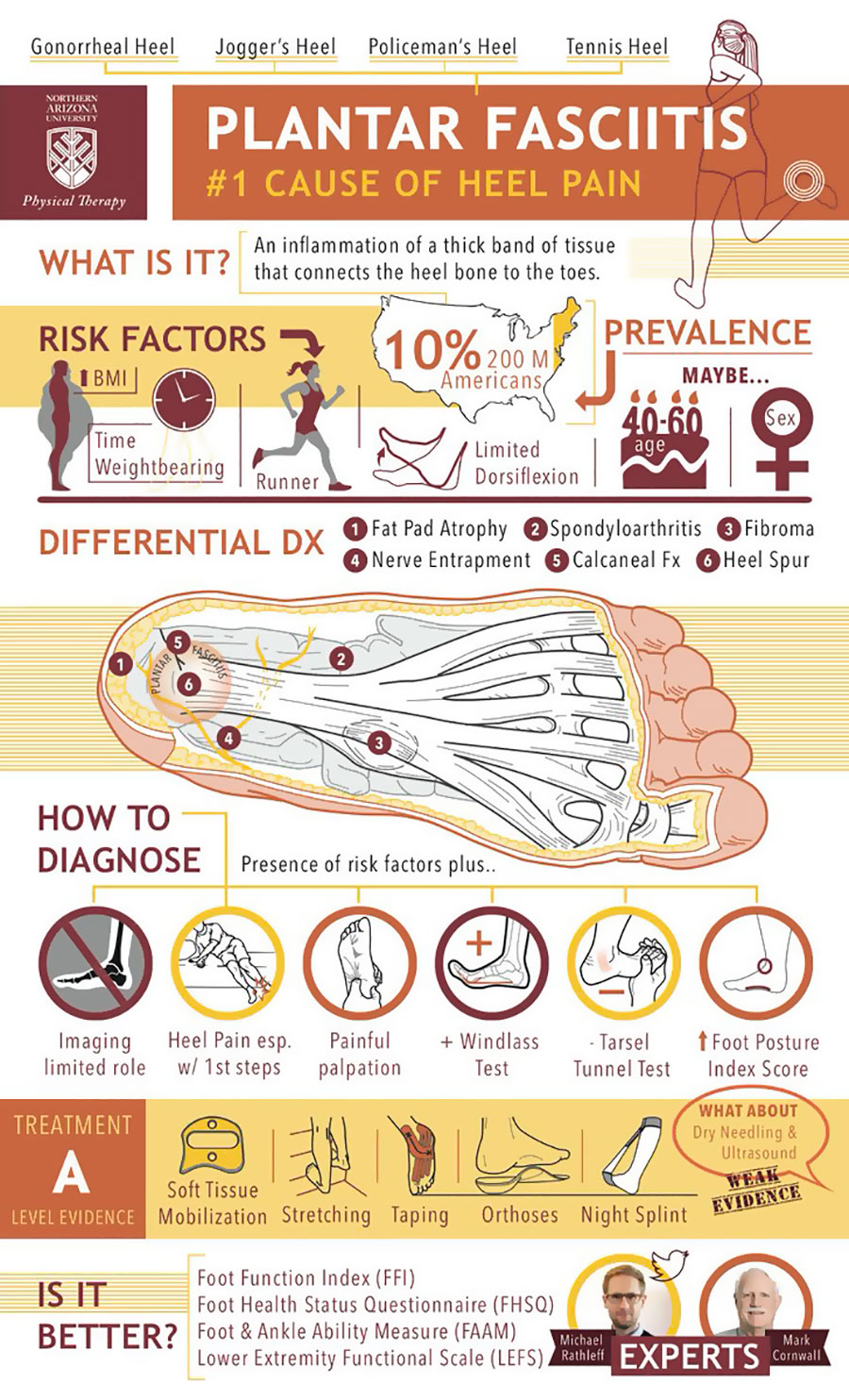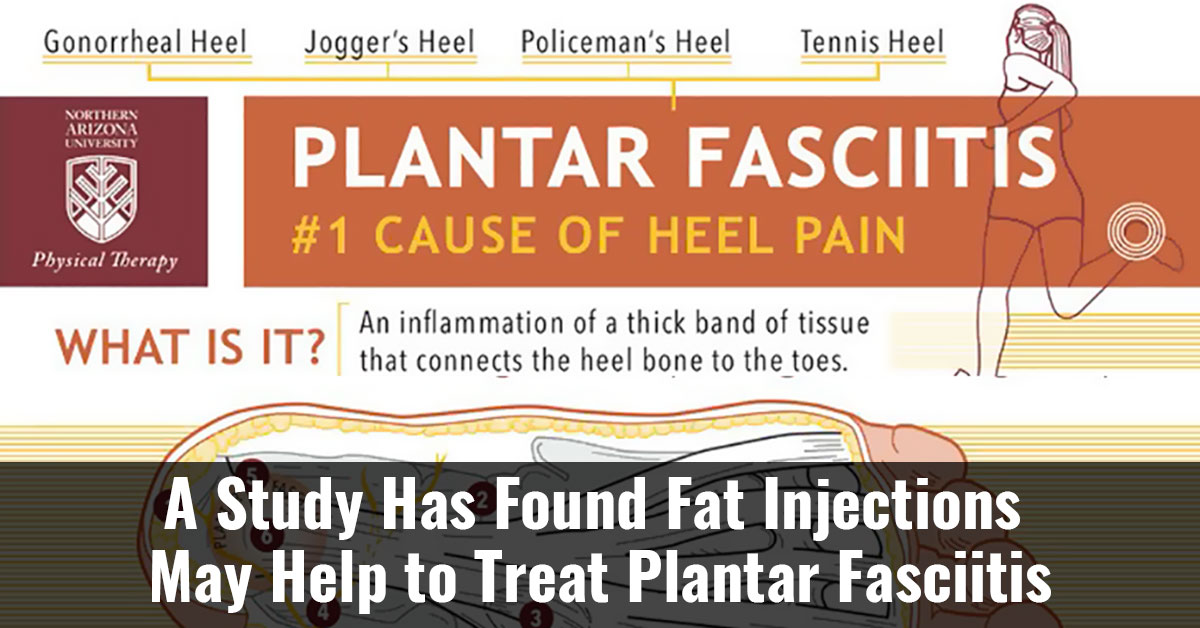According to a pilot study, a method that transplants a person’s fat into the sole of their foot could provide relief to individuals affected by a relatively common and extremely painful condition known as plantar fasciitis.
In the study, the fat injection treatment improved plantar fasciitis symptoms in affected individuals, laying the foundation for a larger study.1✅ JOURNAL REFERENCE
DOI: 10.1097/PRS.0000000000008765
This procedure was developed for harnessing the regenerative properties of fat, and the study demonstrated that fat injections into the foot reduced heel pain, helping affected individuals return to activities and sports, and quality of life was improved.
Plantar fasciitis affects approximately 2 million individuals in the US and is one of the most common reasons for heel pain. It’s the result of inflammation of the plantar fascia, the connective tissue running from the heel to the toes supporting the foot arch. Plantar fasciitis is an extremely painful condition described as a sharp, searing pain when getting up from sitting or from sleeping.
Acute plantar fasciitis can be treated with cortisone injections, shoe orthotics, or stretching. Approximately 10% of affected individuals however progress to the chronic form in which the collagen of the foot degenerates and the plantar fascia thickens. Surgical release of the plantar fascia with a small cut might help these individuals, but this surgery doesn’t come without risks. Some individuals get a lot of scar tissue from the cutting of the plantar fascia, which results in more pain. The foot can also become destabilized if too much is cut, and can result in a kind of floppy foot.
The researchers developed a method that makes use of fat harvested from the belly or other areas of the patient’s body. There are stem cells and growth factors in fat that assist in bringing in a fresh supply of blood, which drives a wound healing method that results in less scarring. A blunt needle is used for perforating the plantar fascia, making a small injury to stimulate the process of healing. A small amount of the patient’s fat is then injected while pulling the needle back.
For the study, 14 individuals affected with chronic plantar fasciitis were recruited and were divided into two groups. The individuals in group 1 received the procedure at the start of the study and were followed for 12 months, and individuals in group 2 received the procedure after 6 months of observation and were followed for an additional 6 months.
The individuals in group 1 experienced improvements in quality of life and sports activity, reduced plantar fascia thickness, and a reduction in levels of pain. Lots of the measures that improved 6 months post-procedure improved even more by 12 months. The individuals in group 2 experienced reduced thickness of the plantar fascia and an increase in sports activity 6 months post-procedure, with a slight, but statistically insignificant, improvement in levels of pain.

Image Source – nau



